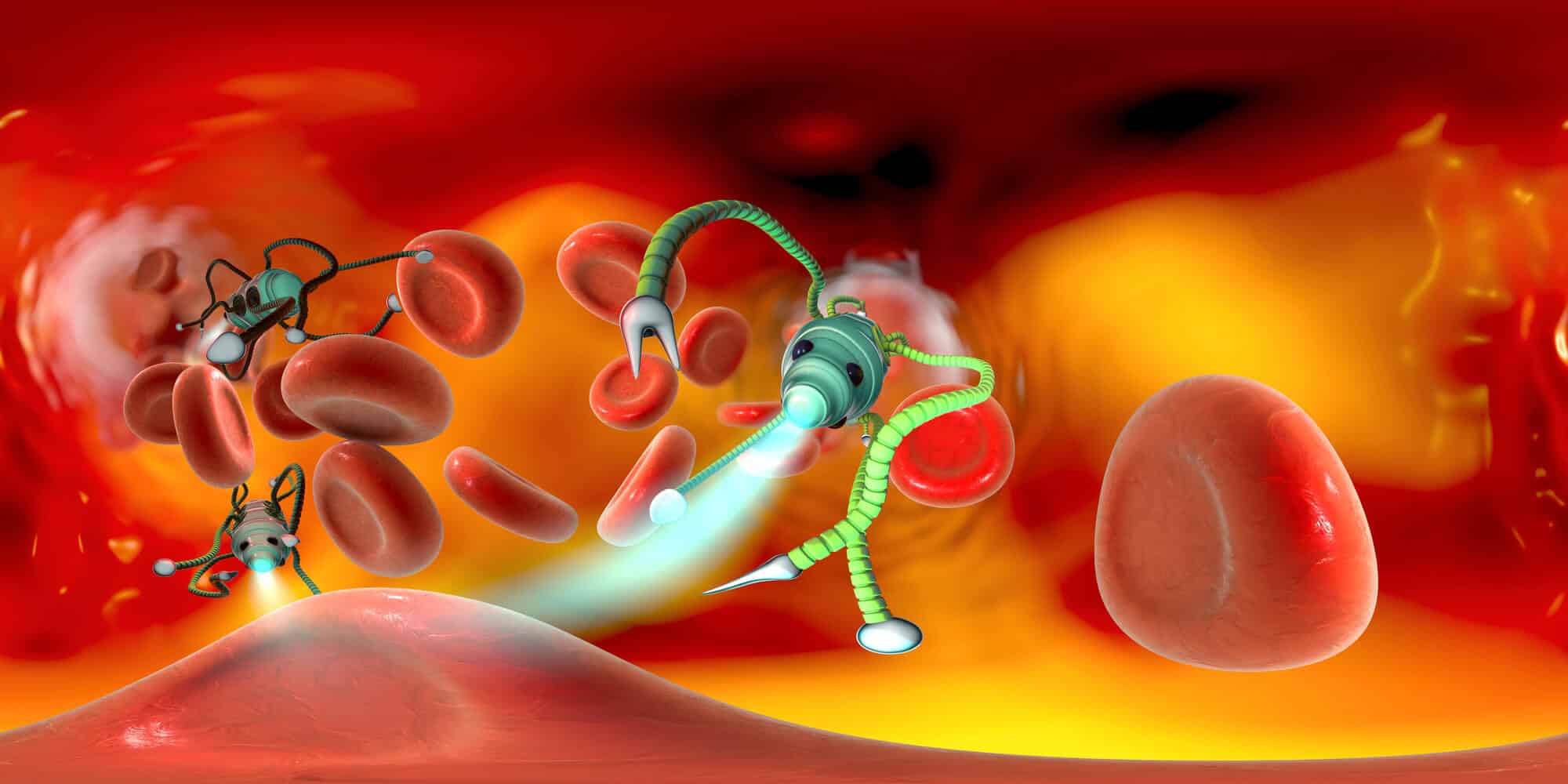Nanotechnology engineers at the University of California San Diego have developed tiny robots - micro-robots, in their full name - that are able to swim inside the lungs, reach the bacteria that cause pneumonia, kill them and reverse the damage they do to the body

Nanotechnology engineers at the University of California San Diego have developed tiny robots - micro-robots, in their full name - that are able to swim inside the lungs, reach the bacteria that cause pneumonia, kill them and reverse the damage they do to the body.
The micro-robots are the product of love of two researchers who are experts in their field. On the one hand, Joseph Wang is one of the world leaders in the research and development of nanorobots and microrobots. It is not recommended to drink from the water tubes in his laboratory. On the other hand, Liangfeng Zheng has been engaged for years in the development of nanoparticles that are able to capture harmful molecules and cells. At some point, they realized that both are better than one, and that together they can achieve much more than either of them alone. It was clear that micro-robots were the future - but for what purpose?
The answer was found in the corona wards of the major hospitals. The most critically ill patients were sedated and mechanically ventilated, and often developed severe pneumonia. One of the more common bacteria that causes pneumonia - Pseudomonas aeruginosa - used to penetrate the respiratory tract, multiply in the lungs and cause fatal inflammation. Doctors try to deal with such infections by injecting antibiotics into a vein, but it is difficult to get the beneficial substance to the bacteria in the lungs. We need some way to transport the antibiotics directly to the little pests.
Do you understand where this is going?
Wang and Zheng created a new type of robot specifically to disperse the antibiotic efficiently inside the lungs. These robots are much smaller than a dot on the page. In fact, they are made of only one algal cell, almost invisible to the human eye. That's why they are also called micro-robots: robots with a size of millions of meters, or meters-parts-of-a-million.
Each microrobot is made of an algal cell with a long tail, which is able to move on its own in the lung environment. The researchers coated the algae cells with special nanoparticles: these are spheres that contain an antibiotic substance that kills bacteria. If that's not enough, the balls themselves are coated with proteins and fats that absorb and neutralize the harmful molecules that the bacteria secrete into the lungs, and that cause fatal pneumonia. The long tails of the algae cells propel the microrobots forward so that they can reach as many bacteria as possible, kill them and absorb the inflammatory substances in their environment.
And now that the researchers have created the micro-robots, it's time to try them out in real life. Not on humans - such initial treatments are too dangerous for us - but on mice. Specifically, mice with pneumonia. The researchers injected the microrobots directly into the lungs of the mice through a tube inserted into the trachea... and all the mice that received the treatment recovered within one week. And those who didn't get it? They died within three days.
The researchers tried to compare the treatment with microrobots to the treatment with regular antibiotics that were injected through the vein directly into the bloodstream. The regular antibiotics also worked well, but only in doses that were three thousand times higher than the dose given with the microrobots. It's clear why: the intravenous antibiotic was distributed throughout the body, while the one delivered with the microrobots went directly to the lungs, and the tiny algae effectively spread it throughout the lung volume.
What was the end of the microrobots in the mice's body? They disappeared as if they were not there. After serving their purpose, the body's immune system cells efficiently and quickly dismantled them, along with the nanoparticles attached to them. Wang claims that - "no toxic substance is left behind", and there is no immediate reason not to believe him.
Of course, you don't have to accept his words on faith alone either. This is only an initial experiment, and there is still plenty of science to be done before Wang and Zheng's micro-robots find their way into our bodies. Still, this is another step on the way to the vision of micro-robots and nano-robots that could live in coexistence inside our bodies, repair damaged tissues, stop cancer cells, clean the arteries and help build bones and muscles. The micro-robots I described in the article will not do all this, of course, but they illustrate the direction we are moving towards: to a world of endless health, provided we agree to a symbiosis with the robots.
All in all, it doesn't sound like such a bad deal to me.
Original article in Nature Materials
More of the topic in Hayadan:
